Re-imagine an intuitive cargo booking process for Qatar Airways, to elevate the user experience and productivity of internal reservation agents. Qatar Airways Company Q.C.S.C., operating as Qatar Airways, is the flag carrier of Qatar. Headquartered in the Qatar Airways Tower in Doha, the airline operates a hub-and-spoke network, flying to over 170 international destinations across five continents from its base at Hamad International Airport. Qatar Airways Cargo, the airline's freight branch, is the world's third largest international cargo carrier.
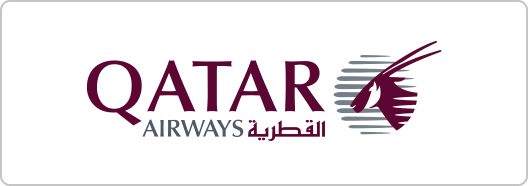
User Research, Interaction, Visual Design, Prototyping and Testing
Based on the portal walkthrough by SMEs we were able to dive into challenges and opportunities for the cargo booking process
What’s working well
Current form is easy to scan
Help is available as a guide
Auto-populated information for multiple fields reduce form filling time
Repeat users have learned to navigate the system quickly and with ease
What could be better
Clear navigation and introduction of flow for easy understanding and visibility
Emphasis of critical fields, and deemphasis of unnecessary information
Hiding auto-populated fields under respective section
Use of clear nomenclature for each field to avoid confusion
Notification of error in real time to prevent lengthy or frustrating process
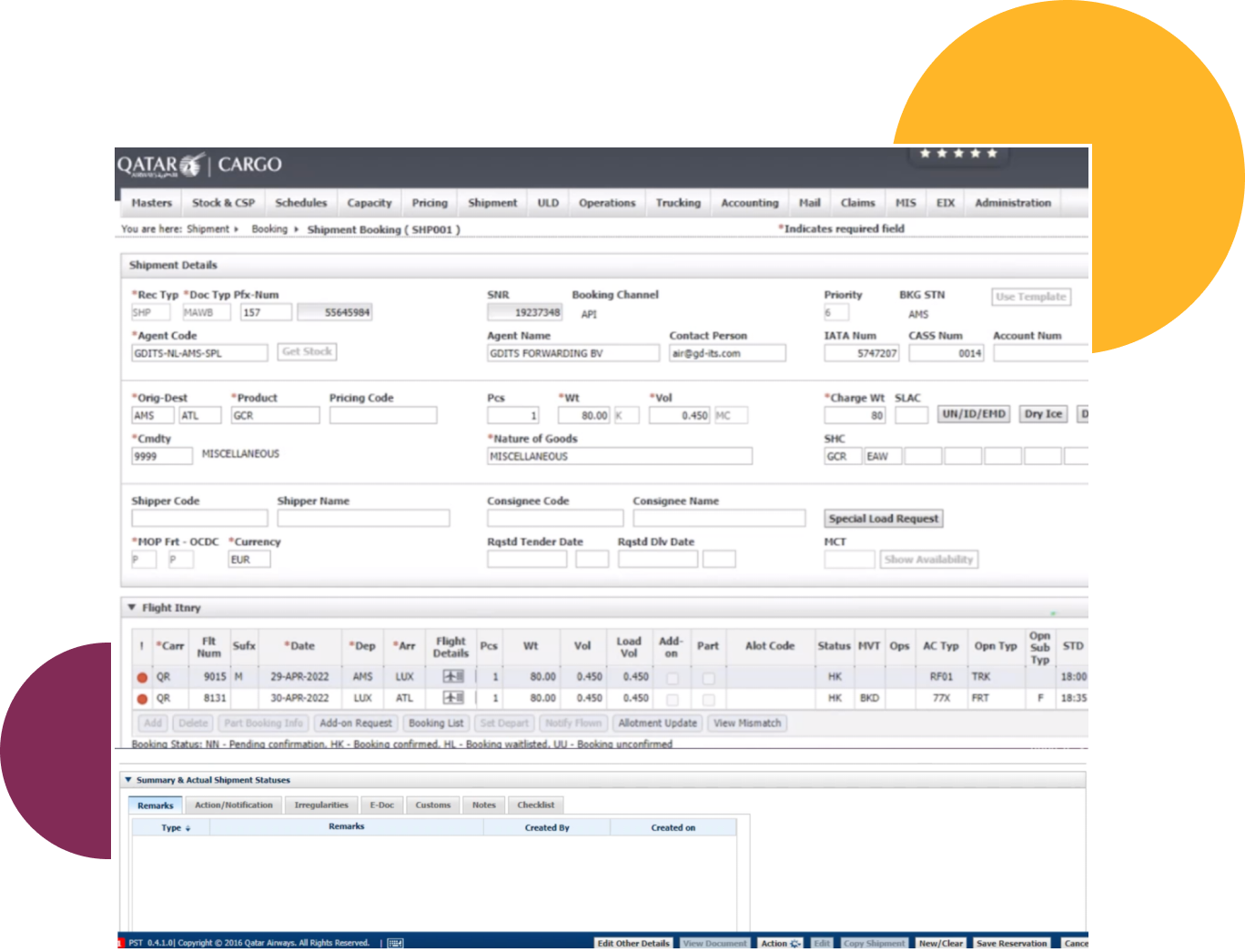

User research was essential. The complex workflows of the different user types and their interactions needed to be detailed. To accomplish this, I collected as much information as possible from the end users to understand the challenges they face.
Included experienced internal reservation agents, IT support staff, and cargo operations managers etc.
What's not working well, what could be better, desired features to enhance the booking process and overall UX.
Collectively provided a comprehensive perspective on the existing challenges and areas for improvement.
Using a survey, you can get a detailed description of how someone feels about an experience, then take their data and comine it with the responses of many other participants. Since every questionnaire contains the data in the same format, it’s easy to analyze the combined data and discover trends and patterns within it.Then, We conducted survey with the majority of the Qatar colleagues and gathered feedback from different teams.

Understanding of the common challenges and preferences across different user groups.
Received open and unbiased answers, which are very crucial in the discovery phase.
Due to complex form fields agents desire a more streamlined and guided process.
| Competitor | Ease of Use | System Performance | Navigation and Workflow | Error Handling and Data Validation | Customization and Personalization | Training and Support |
|---|---|---|---|---|---|---|
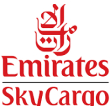 |
|
|
|
|
|
|
 |
|
|
|
|
|
|
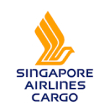 |
|
|
|
|
|
|
 |
|
|
|
|
|
|

Multi-Step Process: The existing system requires navigating through numerous screens and forms, each with multiple fields to complete. Manual Data Entry: High volume of manual data entry increases the risk of errors and slows down the process.

Frequent Lags: Agents experience frequent system slowdowns, especially during peak hours, which disrupts their workflow. System Crashes: Occasional crashes lead to data loss and the need to restart bookings from scratch.

Non-Intuitive Layout: The interface is cluttered and lacks a logical flow, making it difficult for agents to find the information. Inconsistent Navigation: Different sections of the system have inconsistent navigation patterns, adding to the confusion.

Poor Error Messages: Error messages are often vague and unhelpful, making it hard for agents to identify and correct issues. Lack of Real-Time Validation: Errors are often only flagged at the end of the process, leading to rework and frustration.

Steep Learning Curve: New agents find the system difficult to learn due to its complexity and lack of intuitive guidance. Inadequate Training Materials: Existing training resources are insufficient, leading to longer onboarding times.

Manual Reporting: Agents spend considerable time generating reports manually, as the system’s reporting capabilities are limited. Data Inaccuracy: Inaccurate data entries affect the reliability of reports and analytics.

Name: Ahmed Hussain
Role: Senior Reservation Agent
Age: 45
Experience:20 years in cargo booking
Goals: Complete bookings quickly and accurately. Reduce time spent on repetitive tasks. Minimize system-related disruptions.
Frustrations: Complex and lengthy booking process. Frequent system lags and crashes. Difficulty in navigating through different screens.

Name: Arhaana Rehman
Role: Junior Reservation Agent
Age: 22
Experience:1 year in cargo booking
Goals: Learn the system quickly and efficiently. Receive real-time guidance and support. Ensure accuracy in data entry to avoid errors.
Frustrations: Steep learning curve with the current system. Lack of intuitive guidance and help features. Overwhelmed by the number of fields and steps in the booking process.

Deliberate information architecture that emphasizes key moments and information will enable an intuitive, step-by-step journey centered around the needs of the user along every step of the way.
A clear and thorough onboarding process, in addition to tool tips, explanations and simple language, will ensure that all users - including new employees - can quickly understand and navigate the system.
The user will experience a quick and seamless journey, enabled by automatically populated fields and personalized suggestions that save time and minimize error.
Clear feedback along the way will notify the user of any errors to correct in real time, rather than at the end of the process.
I started creating the information architecture and low-fi concepts for primary use cases. After having a go-ahead from the Product Manager, developers, and Stakeholders on the mockups, we began to conduct usability tests with the low-fidelity mockups. Once we had confidence in the design, we began digitalizing designs.
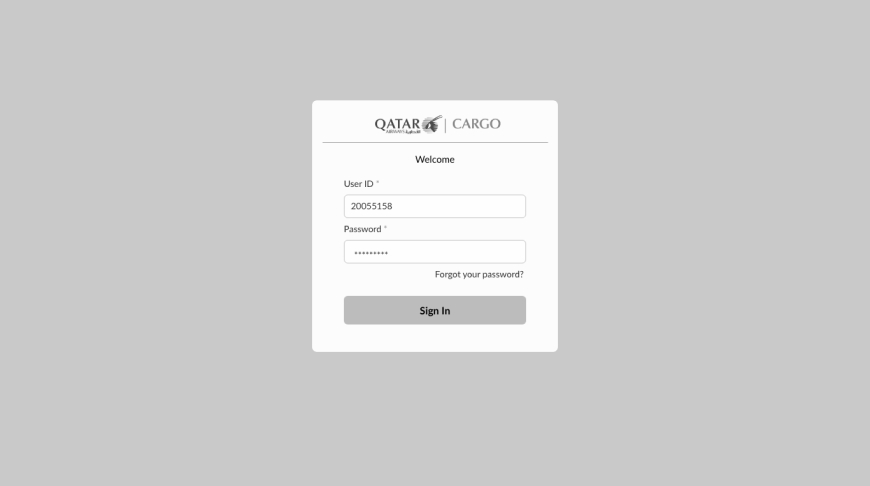
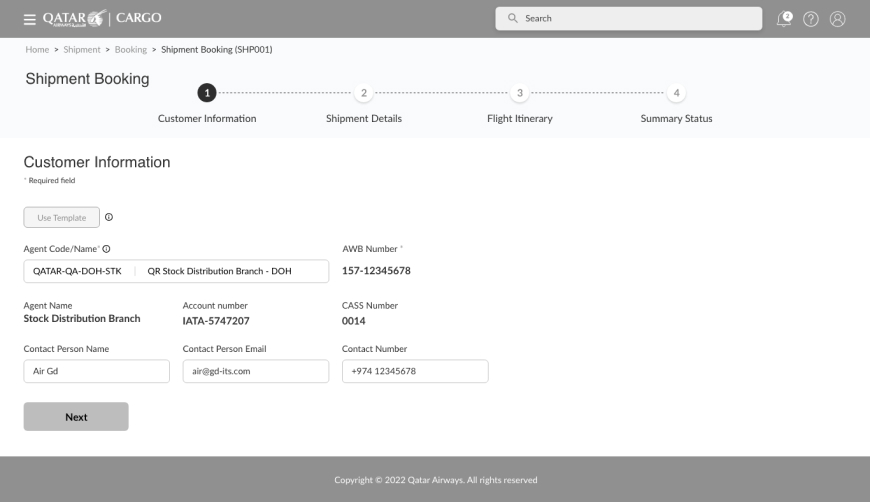
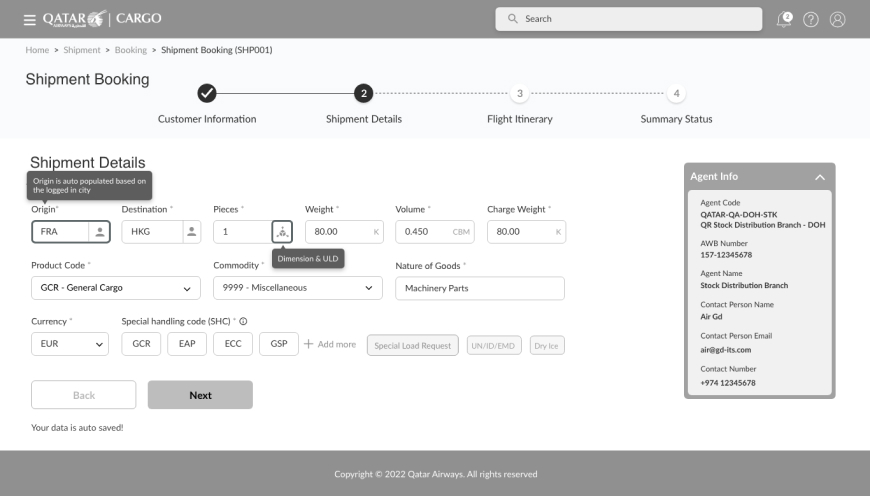
Few wireframe screens
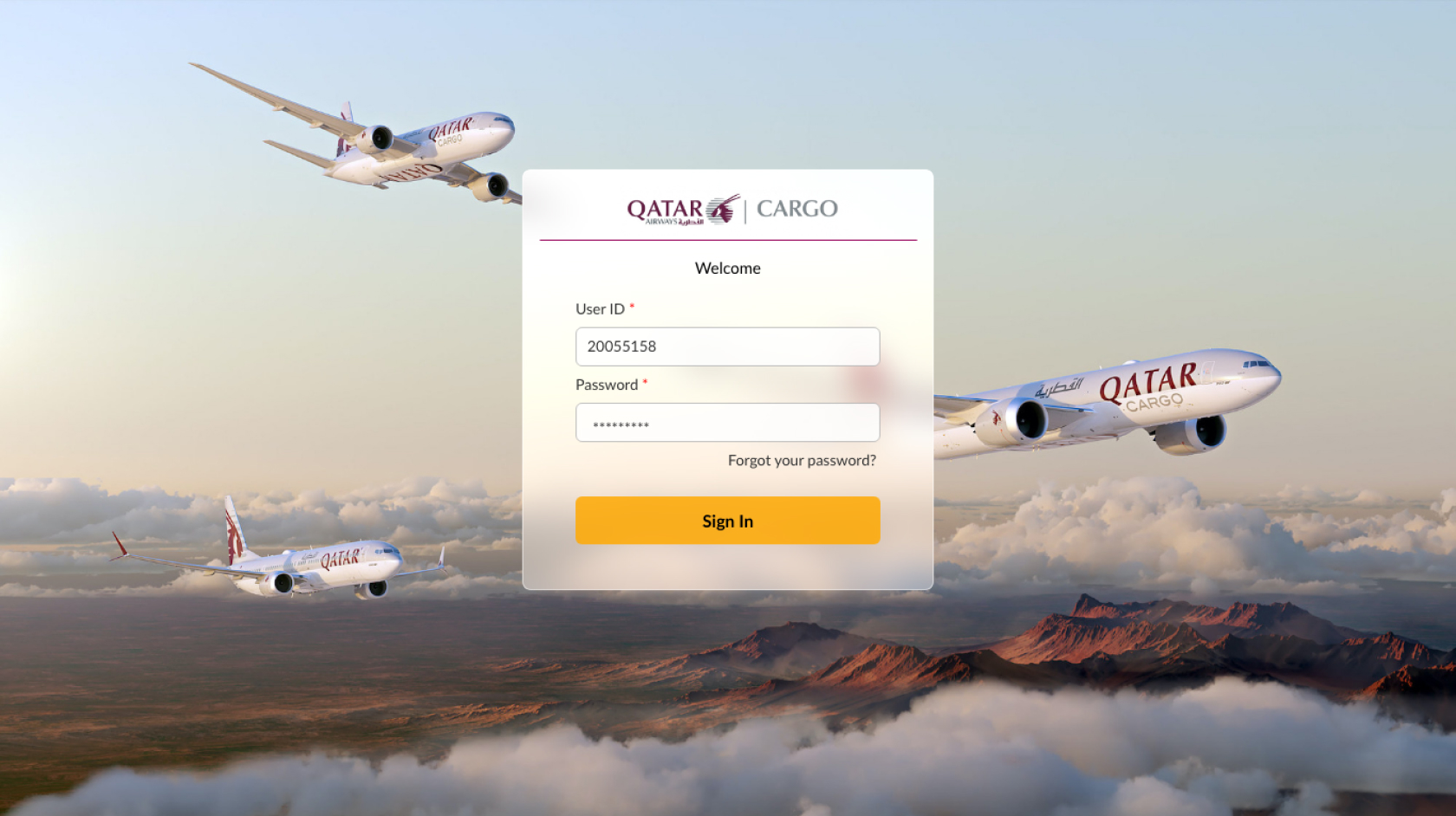
Guided approach with takeover modal which enable user to interact with a complex form while having the ability to go back to their previous view quickly as required.
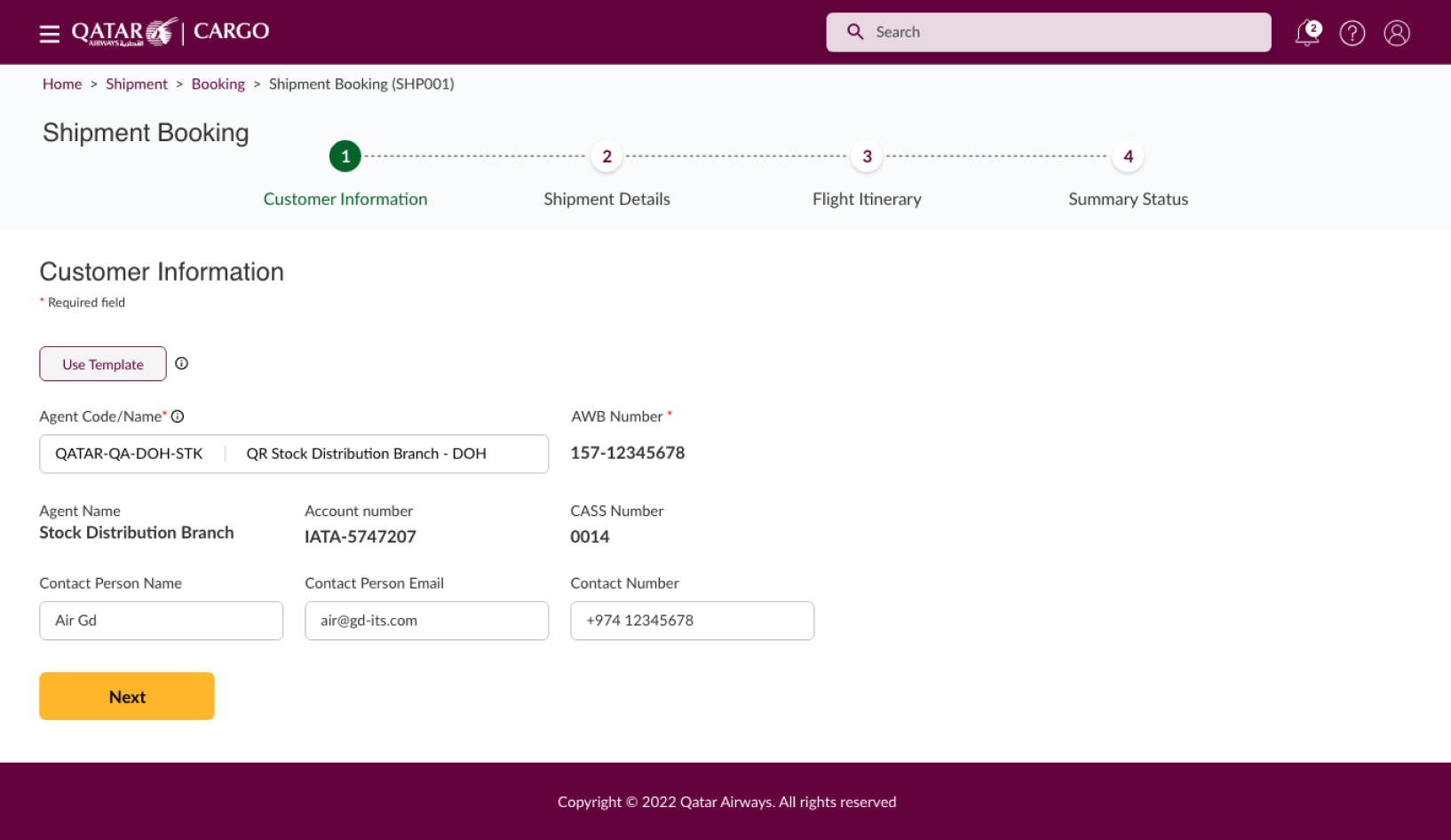
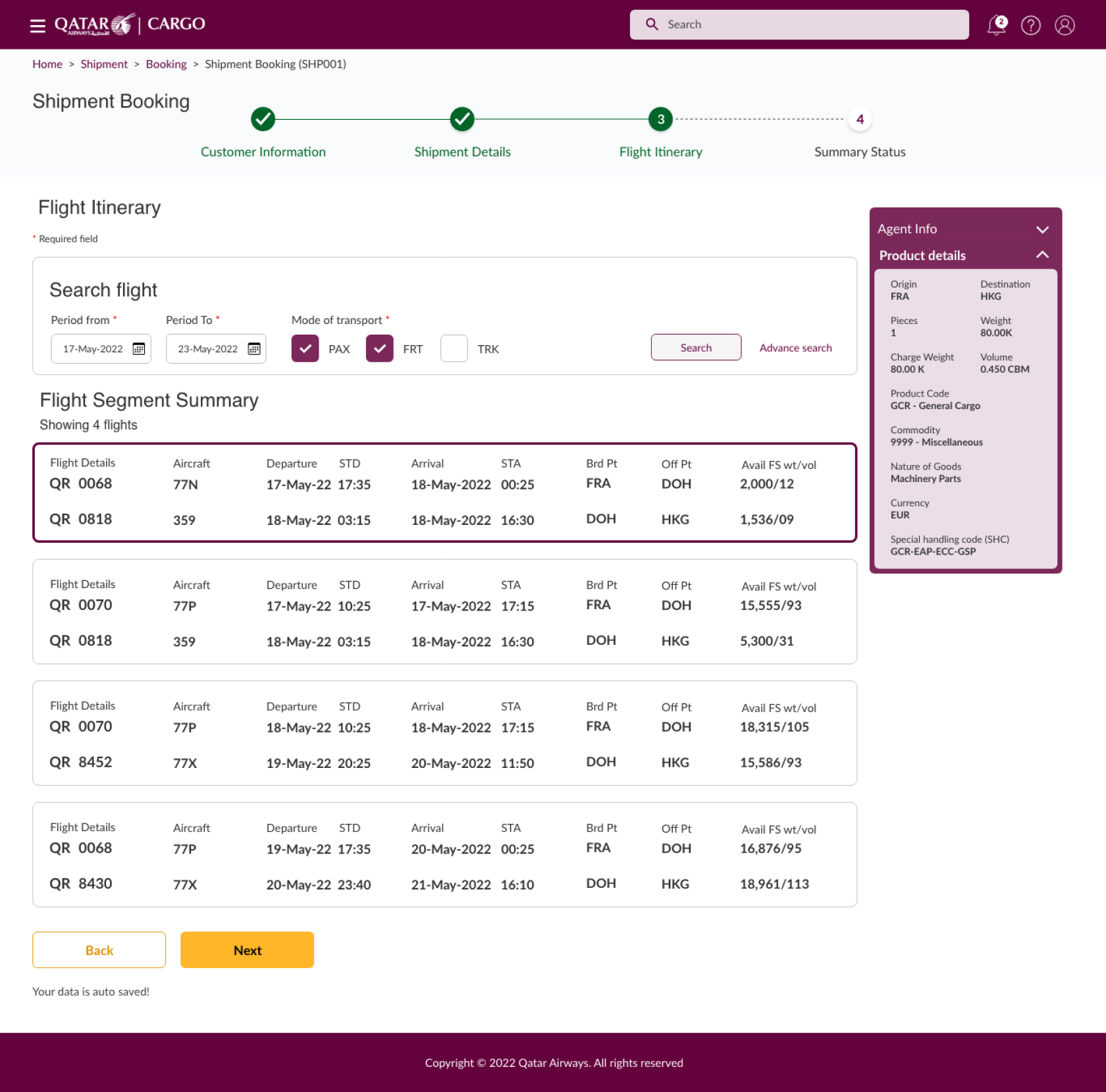
Contextual hierarchy Guided step-by-step journey has been provided for seamless flow to avoid clutter
Guided simplicity Additional tool tip is provided to provide additional context about the particular field
Actionable feedback The system shall notify the user of any errors to correct in real time, rather than at the end of the process.
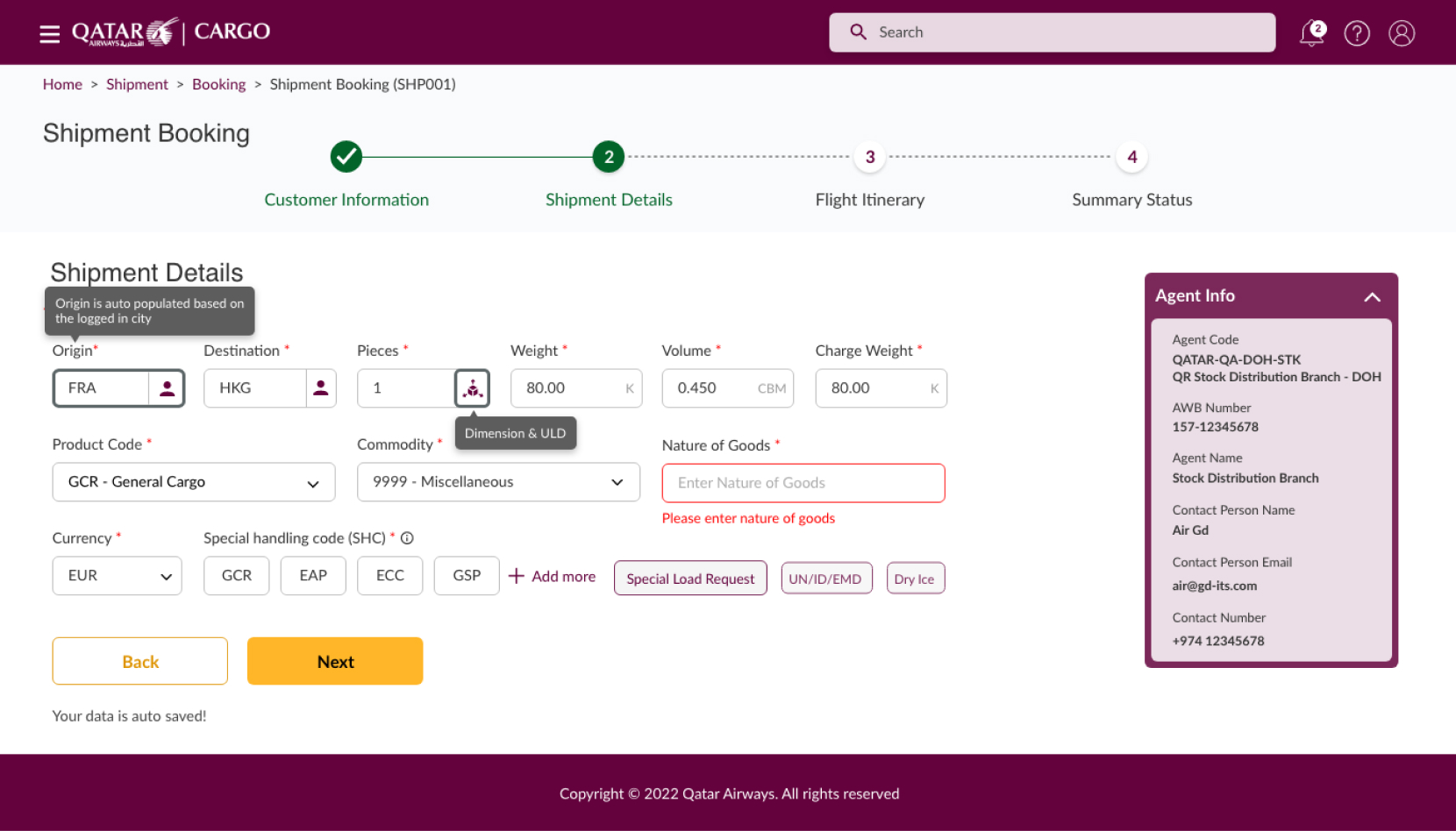
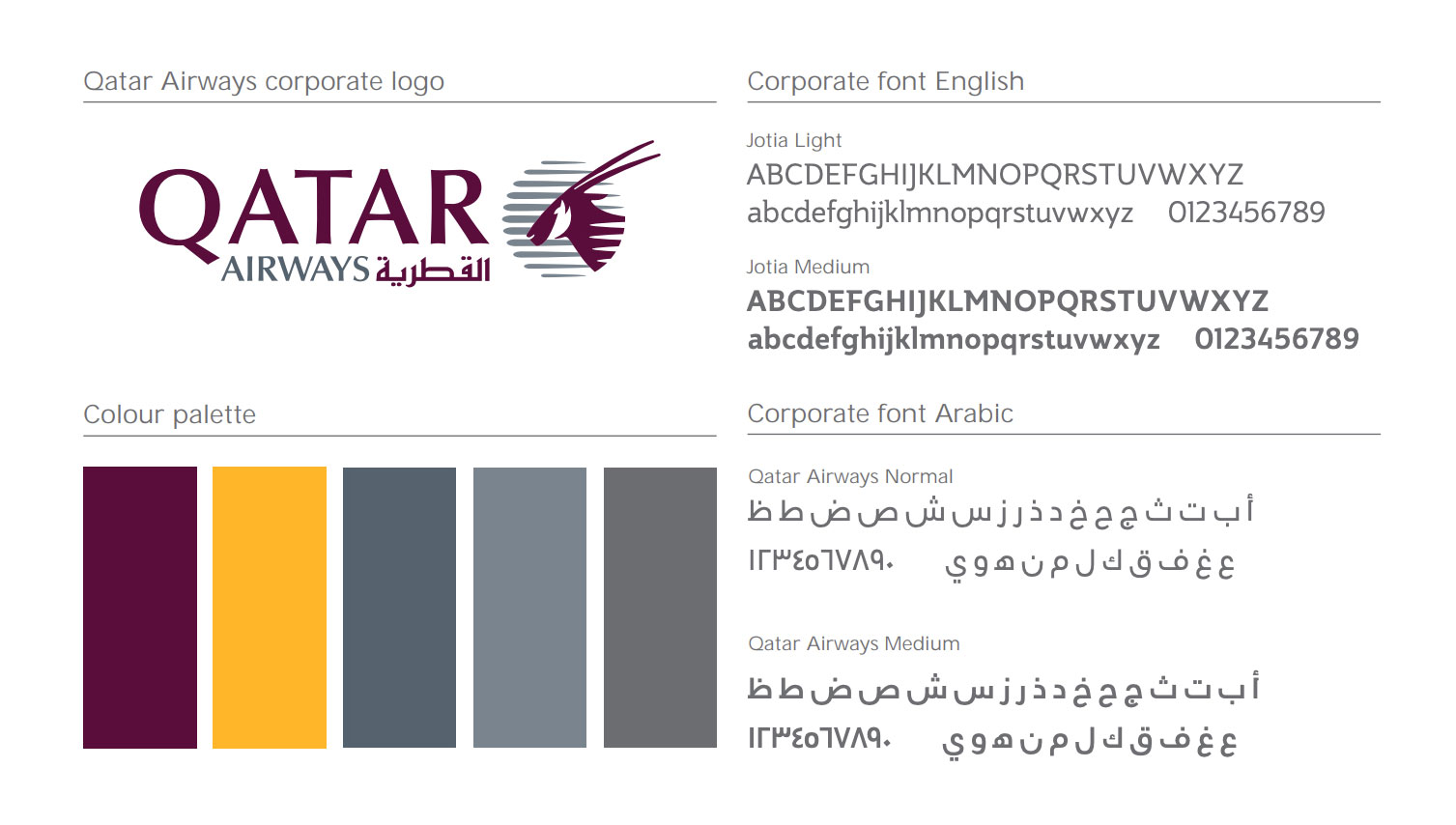
 John Maeda
VP, Microsoft
John Maeda
VP, Microsoft
Both the initial launch and further iterations produced great results
Enhanced User Efficiency by simplifying the complex multi-step cargo booking process, agents are able to complete bookings 30% faster, with fewer steps and reduced manual data entry. This has led to a 25% reduction in human errors, improving overall workflow efficiency and allowing agents to process more bookings within the same time frame.
Improved System Performance by addressing issues such as system lags and occasional crashes, the redesigned platform now operates with 99% uptime and faster load times. Agents report a 40% reduction in system-related disruptions during peak hours, significantly reducing downtime and increasing productivity.
The introduction of clearer information architecture and guided navigation has reduced the training time for new agents by 35%. Onboarding now takes approximately 1 week less for new hires to become proficient with the system, improving team efficiency and reducing the strain on support staff.
With real-time error validation and actionable error messages, agents now identify and correct issues as they arise. This has resulted in a 50% decrease in rework caused by form errors and a 20% reduction in booking time due to fewer steps needing to be revisited.
The streamlined, intuitive design has reduced the need for extensive training materials and on-site support, leading to a 40% decrease in training costs. Additionally, support requests related to system navigation and errors have dropped by 30%, allowing the support team to focus on more complex issues.
Overall satisfaction among Qatar Airways’ reservation agents has increased by 18%, as a result of the system's usability improvements and reduced frustrations. This improvement in agent experience has contributed to a 15% decrease in turnover within the cargo operations team.
Elevated user experience with a more intuitive and efficient cargo booking process. Boosted productivity and reduced errors, contributing to overall operational efficiency. Enhanced agent satisfaction and reduced training time for new hires.
The importance of user feedback, iterative design, and simplicity in creating a seamless, efficient, and user-friendly system.
Conducting usability testing proved to be an essential step in refining the cargo booking platform. Testing low-fidelity prototypes with users helped validate the design direction early on, revealing areas that needed improvement, such as navigation flow and error notifications. Iterative testing ensured the final product was intuitive and met user needs, minimizing potential friction points before the official launch.
A core takeaway was the impact of simplicity in design. By removing unnecessary elements, streamlining workflows, and emphasizing a clear visual hierarchy, the new interface reduced cognitive load for users. Features like guided steps, auto-populated fields, and tooltips enhanced usability while maintaining a clean and focused design. Simplicity made the system approachable for both experienced and new agents, resulting in a 30% reduction in booking time.
User interviews were a cornerstone of the discovery phase, offering direct insights into the challenges faced by reservation agents. Conversations with over 15 participants revealed pain points such as system complexity, frequent errors, and navigation difficulties. These insights shaped the redesign by prioritizing user needs and addressing specific frustrations. The interviews also highlighted the importance of intuitive guidance, real-time feedback, and a streamlined workflow.